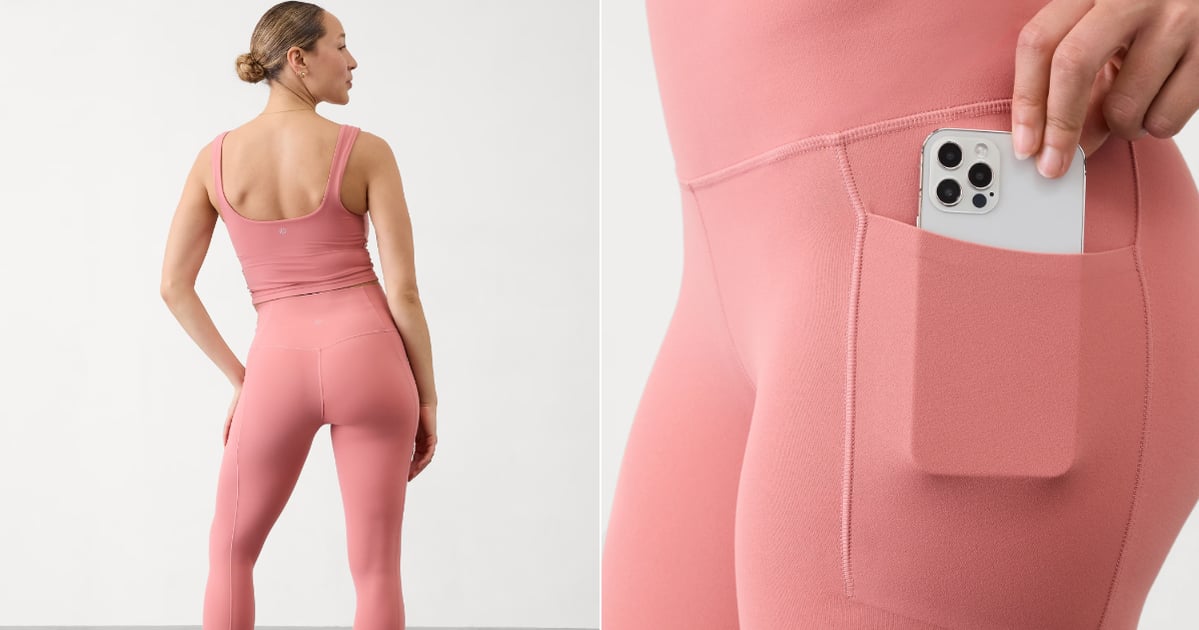For costume designer Kate Hawley, working with director Guillermo del Toro on “Frankenstein” wasn’t just an invitation to have a seat at his creative table.
“He always talks about the department heads as being legs of his table. We are all one with the other,” says Hawely, who previously worked with the director on “Crimson Peak.” “When he asks you to do something, you know that it’s going to be rich and that it’s gonna be a rewarding collaboration,” she adds.
The sartorial world of “Frankenstein” is an extension of the film’s saturated, Gothic atmosphere. “There’s all these themes of religion and mythologies with Medusas,” says Hawley, adding that Del Toro “didn’t just want a sea of black Victorian, Dickensian top hats.”
The costume designer was tasked with dressing well-known characters like experimental scientist Victor Frankenstein, his Creature-creation, and love interest Elizabeth.
You May Also Like
“There’s a huge amount of world building within each character,” says Hawley. Sometimes, her entrance into the characters was through a specific moment: When the audience is introduced to Christoph Waltz’s Henrich Harlander, Elizabeth’s uncle who funds Victor’s experiments, it’s through his footwear. “But for the Creature, it was the moment of his creation on the cross,” she says.

Jacob Elordi portrays the Creature, a collage of body parts reanimated during a storm.
“Guillermo often asks me to reflect the architecture and environment of the set, but in the case of starting with the Creature’s costume, I had to start with Mike’s beautiful model making,” she adds, referring to the film’s prosthetic makeup artist Mike Hill. “There’s this feeling of him almost like a baby bird when he is born.”
The Creature emerges unclothed, and amasses his wardrobe as he journeys through the world. “The first time he [the Creature] puts on any clothing is from a dead man. His clothing is disintegrated into the skeleton,” she says. “In Guillermo’s script he talks a lot about the Creature’s sense of memories, and other memories being part of his complete consciousness. And that coat is almost like the memory of another man.”
The Creature’s sartorial arc was intrinsically tied to that of his creator, Victor Frankenstein, played by Oscar Isaac. The first half of the film is told through Frankenstein’s point of view, before switching to the Creature’s story.
“Both character arcs had to echo each other, and they almost swap places,” says Hawley of her dual approach. “At the end of the film, Victor and his Creature are almost opposite. Victor becomes the Creature. [Victor] loses a leg, gains a prosthetic leg, his face is smashed, his fur and clothing are ripped. And on the other hand, we have the Creature gaining nobility, gaining language and eloquence and forgiveness,” she adds. “We had to keep mirroring those relationships. And you see that reflected also in the production design, with Tamara [Deverell; the production designer] echoing that within the mirrors that are used on set.”

Mia Goth portrays two women: Frankenstein’s mother, who dies at the start of the film, and later his unrequited love interest Elizabeth — the film’s central female character in “a sea of men.”
Elizabeth’s costumes reflect a couture sensibility. Leaning into the character’s ephemeral quality, Hawley integrated Elizabeth’s interest in insects through color, textural details and accessories. Custom-woven textiles — green silks inspired by malachite, marbled velvets — lend her a luminous, almost ethereal presence.
“Her religion is William Paley’s ‘Natural Theology,’ which is a 19th century book, but she embraces nature in all its extraordinary beauty and horror,” says Hawley, who was also inspired by the imagery of fleeting women, like the Madonna. To reflect a dream-like feeling and sense of memory, “we built lots of translucent veiling that almost acted like a painterly brush when it moved,” she says.

Jewelry became an important storytelling device through the film’s collaboration with Tiffany & Co., which materialized early in the world-building process. In one scene, Elizabeth wears an elaborate necklace of jeweled scarabs, a direct reference to the character’s interest in insects and science. “It wasn’t that jewelry was there just as a decoration. It became part of the character storytelling,” says Hawley, who had access to the company’s archives.
Collaboration was a constant throughout the creative process, extending to the fittings with the actors.
“Guillermo was part of a lot of those early fittings, and there was play and discussion,” says Hawley. “Oscar was so generous with that. We talked about this character not just as a wonderful dandy, but evocative of having rockstar status and confidence, especially in the medical lecture theater,” says Hawley, citing Prince and David Bowie as inspirations for the character’s physicality.
“Jacob was the same, Mia was the same. It was about movement. Watching how they moved in [the costumes.] My job’s not just to go, here’s a costume, wear it. I need to look at what Guillermo wants out of it. What do they [the actor] bring to it? How do they see a moment?” she adds. “Particularly with Jacob, how he was moving, watching how we could accentuate that, or work against the movement, and support what he and Mike were doing. So all the time it’s about, what’s Guillermo trying to create in this moment with his actor, and how do we support it?”
“Frankenstein,” an awards season contender, premiered at the Venice Film Festival in August ahead of its October theatrical release, and will be streamed on Netflix in November. Watching the completed film, Hawley says she felt “so much gratefulness and joy to be part of the project,” and credits the dedication to a shared vision for bringing del Toro’s creation to life onscreen. “I celebrate all the other departments and what they brought to it, and am full of admiration for their craft,” she adds.




